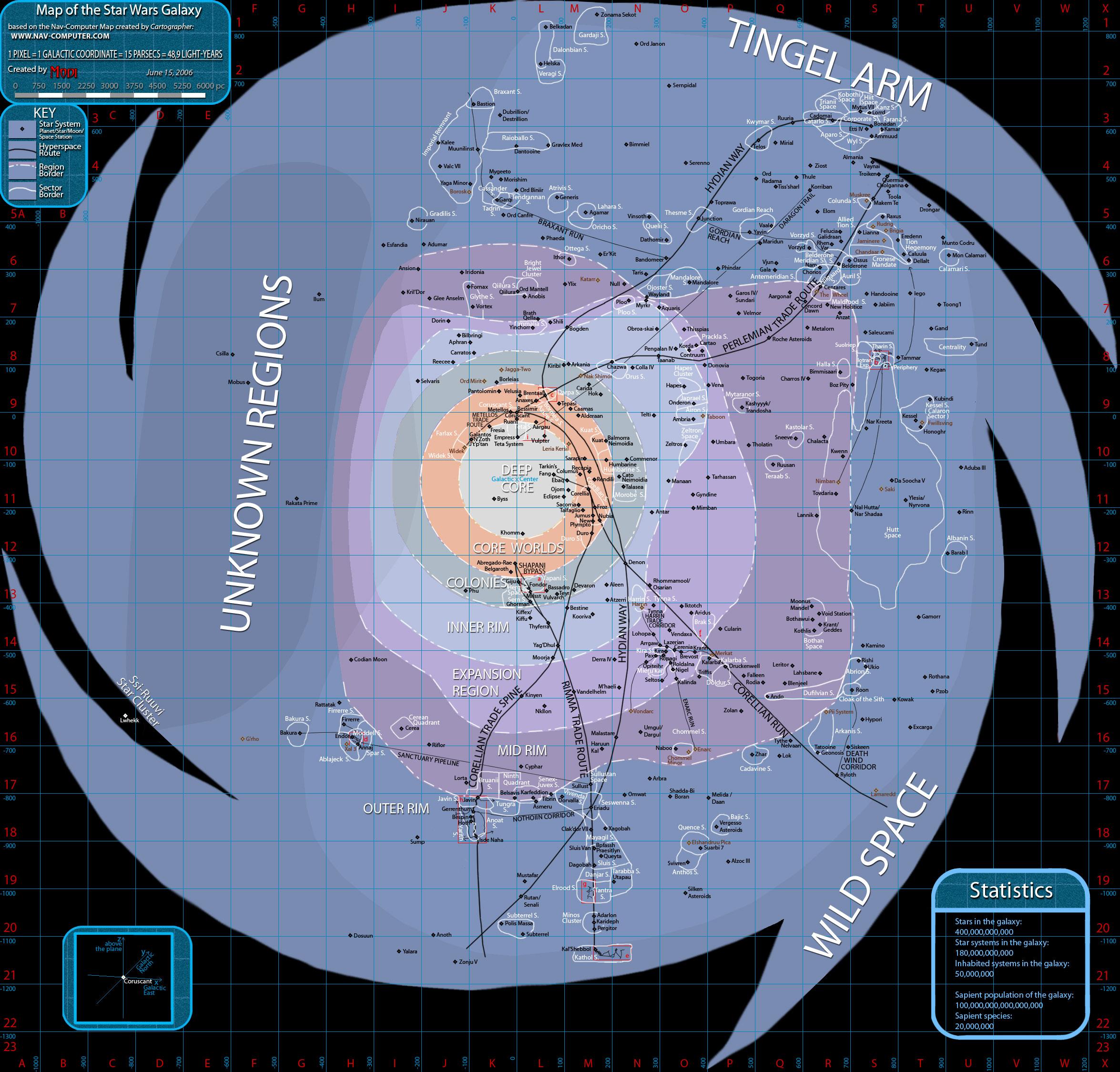https://www.youtube.com/watch?v=VOnOmSGvXBY
Suddenly, Big Brother is everywhere, killing as well as spying, and the arms industry boldly advertises military drones on the Internet.
Manufacturers of drones (euphemistically known as unmanned aerial vehicles) are committed to a future of perpetual profits from perpetual wars; just consider their rhetoric.
President Obama recently promised the world that military drone use would be carefully monitored and ethical. If drones can show up on public beaches, what else can go wrong?
Among the things that can go wrong are the killing of innocent civilians.
Fortunately, voices against the U.S. use of military drones are being heard around the world. Moreover, 2013 has seen many anti-drone protests within the United States– in, for example,
The basic messages of these protests include:
- In its drone-conducted extrajudicial targeted killings, the U.S. executive branch is acting as judge, jury, and executioner in violation of domestic and international law.
- While the use of killer drones may seem to promote U.S. goals abroad without endangering Americans, there will be negative repercussions for all.
- Military drone use is immoral.
- Innocent men, women, and children are being killed and maimed by drones.
- Drone warfare is terrorism.
- Drone warfare creates enemies, even among our allies.
What can be done to address these concerns? What are your views?
Kathie Malley-Morrison, Professor of Psychology

